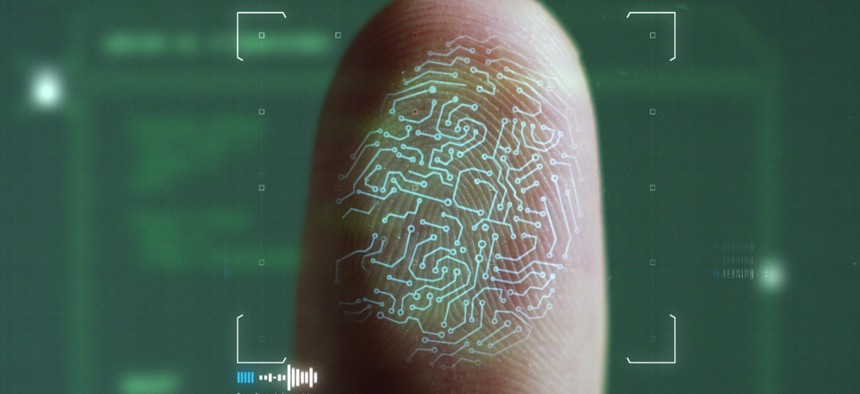
HQuality / Shutterstock
NIST Creates Biometric Databases to Spur ID Research
The data collections include fingerprints, facial photographs and iris scans — and they're meant to be just the start.
The National Institute of Standards and Technology recently released three new biometric databases to accelerate reproducible research and pave the way for more secure and accurate identification systems.
The agency launched files containing varied types of biometric data collected at different times—including fingerprints, facial photographs and iris scans—expressly designed to boost assets that verify individuals’ identities before granting them access to a range of spaces.
“The data will help anyone who is interested in testing the error rates of biometric identification systems,” NIST Computer Scientist Greg Fiumara said in a statement.
According to the agency, the sets have been stripped of any sensitive identifying human information and all individuals involved consented to the inclusion of their data. The files are organized into three Special Databases: SD 300, SD 301 and SD 302.
Related: Facial Recognition is Changing CBP Operations
Related: The Intel Community Wants to ID People from Hundreds of Yards Away
Related: DHS is Collecting Biometrics on Thousands of Refugees Who Will Never Enter the US
Hard-copy ink records will remain relevant in America’s criminal justice system “for some time,” NIST noted, so SD 300 encompasses a collection of fingerprints taken from 900 old ink cards. This database will support manufacturers in assessing whether their modern systems can operate efficiently when working with legacy ink records, NIST officials note.
SD 301 and 302 contain data from an Intelligence Advanced Research Project Activity-funded competition that NIST helped carryout, which ultimately sought to improve fingerprint capture technology. NIST notes that SD 301 is significant in that its the first “multimodal” dataset the agency has ever released, meaning that in it, an individual’s different biometric markers are linked up and can be used through a combination of identification approaches. SD 302 envelops scrubbed human fingerprint data consensually collected by a mixture of eight commercially available and prototype devices.
The datasets are equipped with user guides to support researchers integrating them into their work. The agency also adds that this move is just the beginning of efforts to bolster biometrics-based identification research.
“[The datasets] represent the first in what is intended to be an expanding collection of biometric resources,” officials said.




